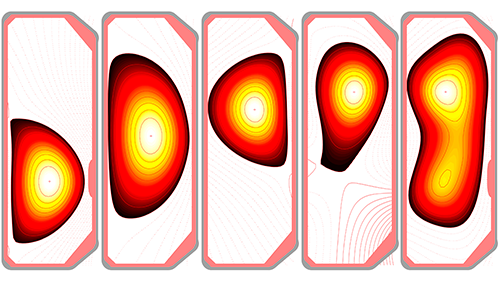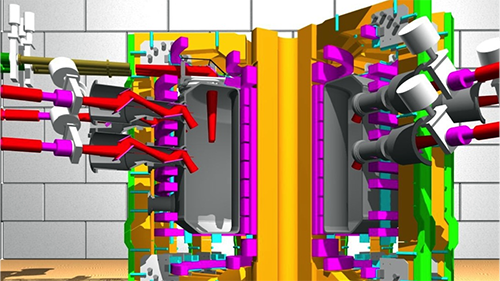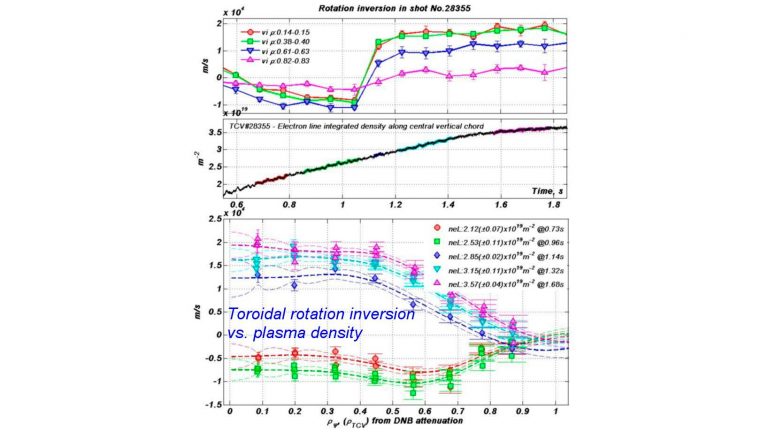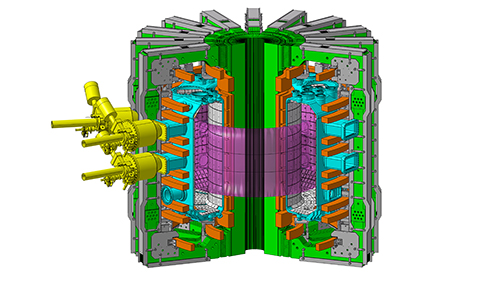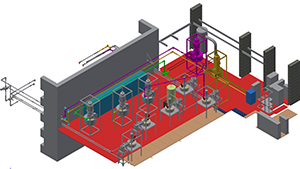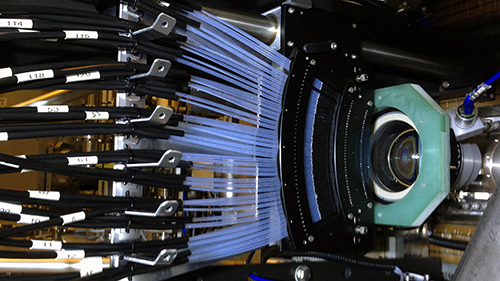Fusion Plasmas – TCV Tokamak
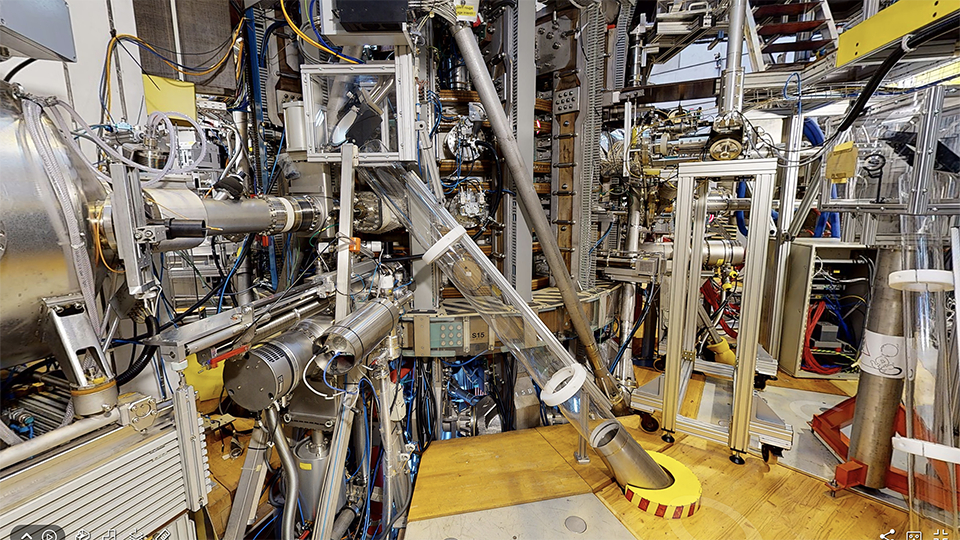
As the largest experimental facility of the Swiss Plasma Center, the TCV Tokamak (Tokamak à Configuration Variable) continues to pursue its mission to explore the physics of nuclear fusion by magnetic confinement, in support of experimental reactors under construction, such as ITER, and also investigating new and alternative avenues in view of future prototype power plants, like DEMO. The device is operated partly as a shared European facility and typically hosts 100-200 external visitors every year from dozens of institutions.
Fully embedded in the EPFL campus, TCV also serves as a training ground for generations of students, many of whom have gone on to fill the ranks of the worldwide fusion research community.
Dr Stefano CODA, Senior Scientist, leads the TCV operations.
TCV Mission
The mission of the TCV tokamak is to apply its highly specialized plasma shaping capability to develop new plasma configurations and plasma shapes. Strong micro-wave electron heating and high power neutral beam heating also provide a wide range of heating and current drive schemes. These highly versatile characteristics combined with continuous development and modernization of measurement systems (diagnostics) as well as regular upgrades of a real time control system, makes TCV an excellent tool to the explore the physics of magnetically confined plasmas.
Experimental activities on TCV are divided in a series of topics. You can find detailed information on these activities here:
TCV and its ancillary systems
Detailed information on the TCV device, its heating systems and its measurement systems usually called ‘diagnostics’ can be found here:
TCV Plasma Shapes
Here is a series of plasma shapes obtained in TCV and ordered in a ‘smooth’ way:
